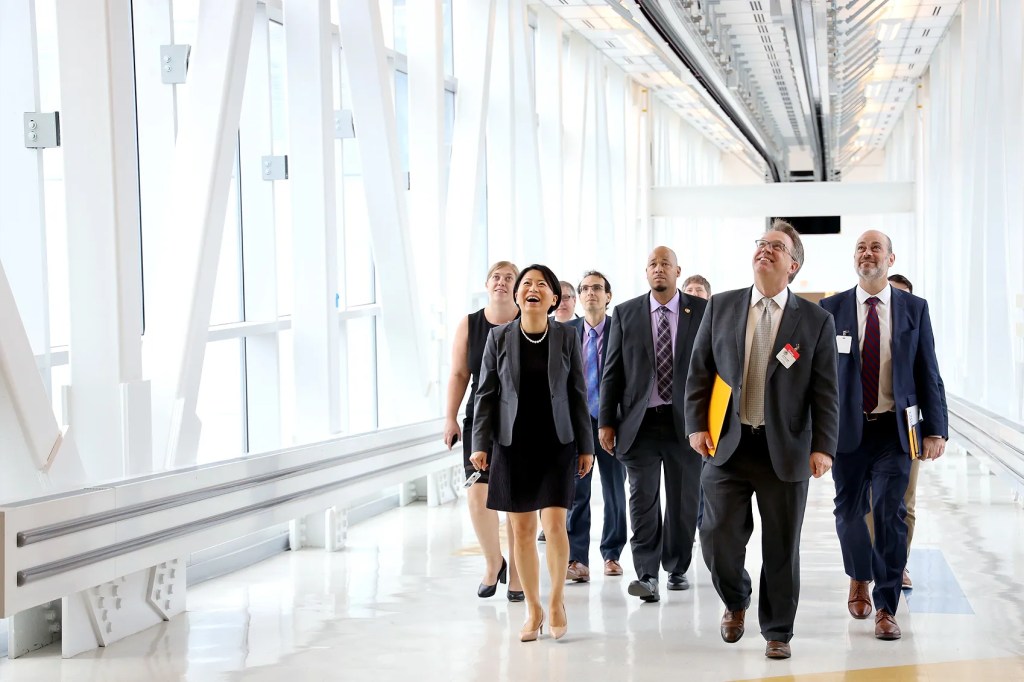
In early July, New York Fed President John Williams visited the Hudson Valley and Albany, where he met with stakeholders to learn about local economic conditions. Key issues in the region include workforce development, changing demographics, concerns about equitable growth, and a lack of affordable housing and public transportation. Communities visited during the two-day trip included Yonkers, Newburgh, Poughkeepsie, Kingston, Claverack, and Albany. The trip was President Williams’s third regional visit of the year.
Developing Affordable Housing in the Hudson Valley
Across the Hudson Valley, community advocates, elected officials, and business leaders are focusing on expanding affordable housing opportunities for local residents. Housing advocates highlighted pressures on affordable housing, including predevelopment and rehabilitation costs, rising real estate taxes, downstate residents buying second homes upstate, and the rise of short-term vacation rentals. While federal, state, and local subsidy programs and grants can help narrow the gap between rehabilitation costs and affordability, developers of affordable housing still struggle to increase supply.
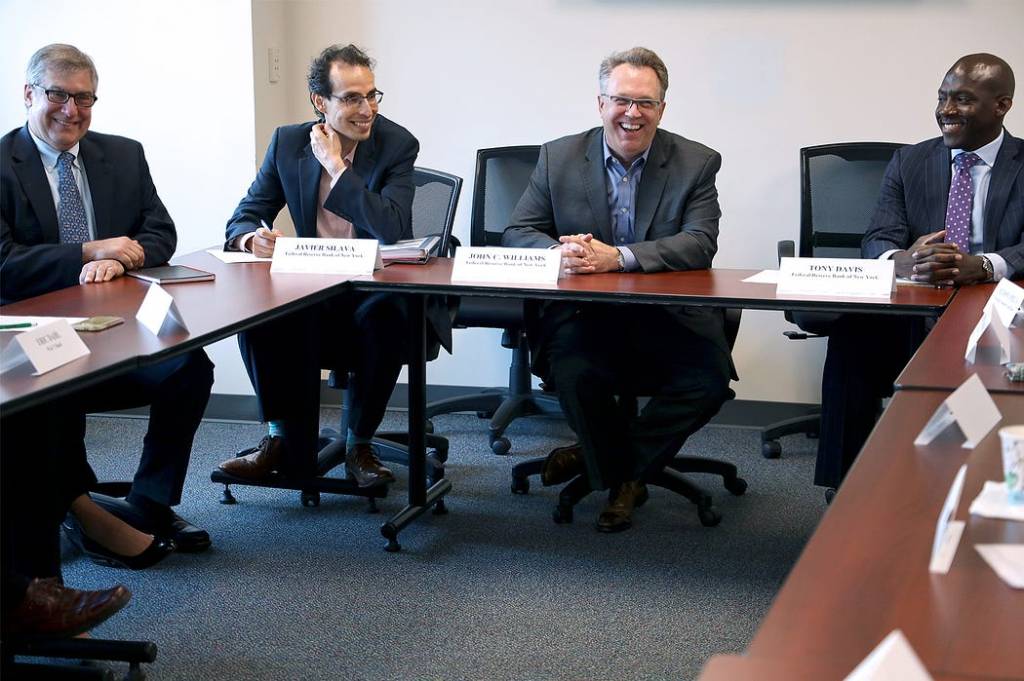
In Newburgh, advocates noted that the area’s older housing stock means many units are in need of major rehabilitation — and in some instances, structures contain environmental hazards such as lead and asbestos. In addition, homes within historic districts come with additional challenges, such as restrictions and costs related to architecture and design. Community groups also cited increased real estate taxes due to a municipal reassessment, which started in the late 2000s. According to advocates, real estate taxes now average about $54 per $1,000 of housing value. Taken together, these factors increase housing costs, creating an affordability gap for low-income families.
While developing affordable housing presents challenges, housing advocates are working together on solutions. The Newburgh Community Land Bank (NCLB) was established in 2012 to address the City of Newburgh’s inventory of tax-foreclosed, vacant properties. NCLB employs strategies such as deed restrictions to require owner occupancy or renovation of the property and also partners with long established affordable housing experts such as RUPCO and Habitat for Humanity.
In Kingston, RUPCO redeveloped an abandoned, century-old factory into 55 affordable rental apartments for artists and gallery spaces using tax credit programs. Advocates also cited a confluence of pressures on affordable housing, including a low vacancy rate, growth in the short-term vacation rental market, and increasing numbers of contract employees from New York City drawn to the area by relatively inexpensive housing. These workers typically hold jobs with downstate firms and telecommute 3–4 days per week.
Broad Trends
In addition to housing affordability, a lack of robust public transportation systems and affordable childcare options in the Hudson Valley discourage some residents from entering the labor force. This is especially true for those who might receive fewer public benefits as their household income increases. For these workers, the combination of greater transportation and childcare costs and fewer benefits greatly diminishes any advantage that might be gained from additional employment income.
Small cities in the Hudson Valley also face pressures from residents to provide increased social and public services. As one stakeholder succinctly put it, “poverty is switching places,” moving from cities to suburban and rural areas. Traditionally, large cities have provided public transportation services, public health services, and social programs aimed at reducing poverty and hunger. Now, areas with smaller population bases are struggling to meet these needs for their residents. Other factors contributing to these challenges include an aging population and growth in low-income immigrant communities.
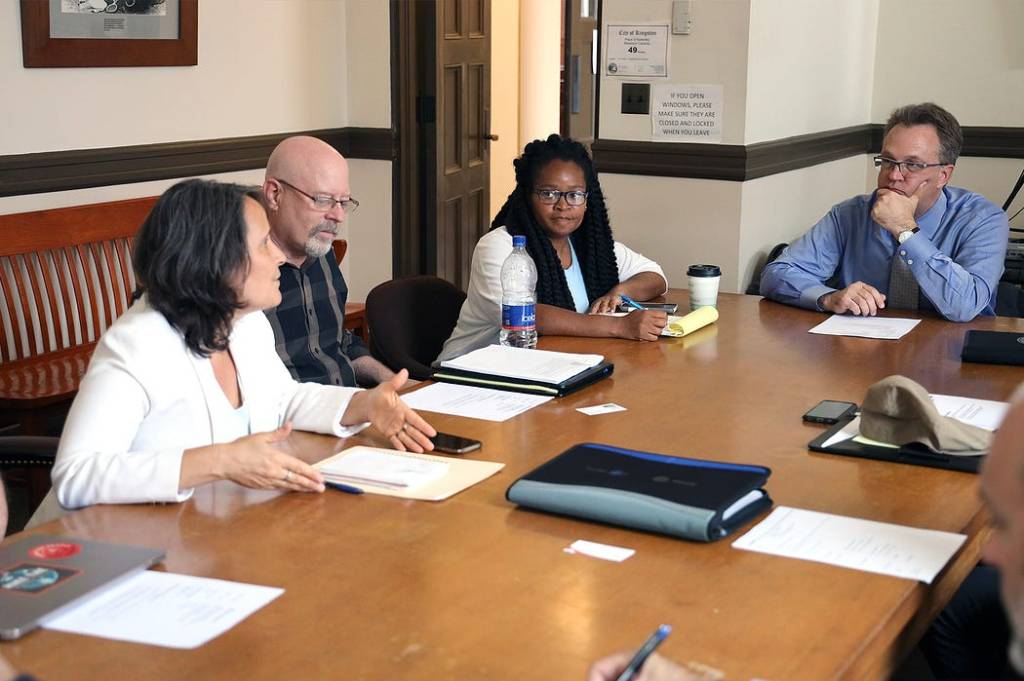
Agriculture
Agriculture is an important component of the Hudson Valley’s economy and cultural heritage. Many farmers collaborate with local restaurateurs to form a network of farm-to-table dining options in the region. While demand for fresh, locally grown agricultural products is high, farmers face labor supply challenges and often lack access to low-cost capital.
Farmers in Claverack noted that they are increasingly relying on the H-2A visa program, which allows U.S. employers to hire international workers for agricultural jobs on a temporary or seasonal basis. This trend stems from a worker shortage in the Hudson Valley, especially for those willing to do the physical labor required in the agriculture industry. Farmers also expressed concern about state work rules that would increase costs and reduce scheduling flexibility for their workers. Given the particular inflexibility of the harvesting schedule, the new work rules could lead to economic losses that many farmers are ill-equipped to absorb.
The cost of capital to acquire land is a barrier toward expansion of farms. In one example, farmers pointed out that an interest rate of six percent is manageable for farm equipment and other purchases, but the economics are different for land, where that rate would be much too high. With many farmers already highly leveraged, there is a need for alternative sources of capital, from providers that understand the agriculture industry and can better assess risk in the sector. The Hudson Valley Agribusiness Development Council is exploring the possibility of creating a community development financial institution (CDFI) to fill this lending gap.
Workforce Development
Employers in the manufacturing sector in the Hudson Valley explained how it is difficult to recruit and maintain a workforce for low- and middle-skill occupations — which in turn can inhibit a firm’s growth. To address this issue, employers are forming partnerships and exploring innovative practices to expand the pool of potential workers.
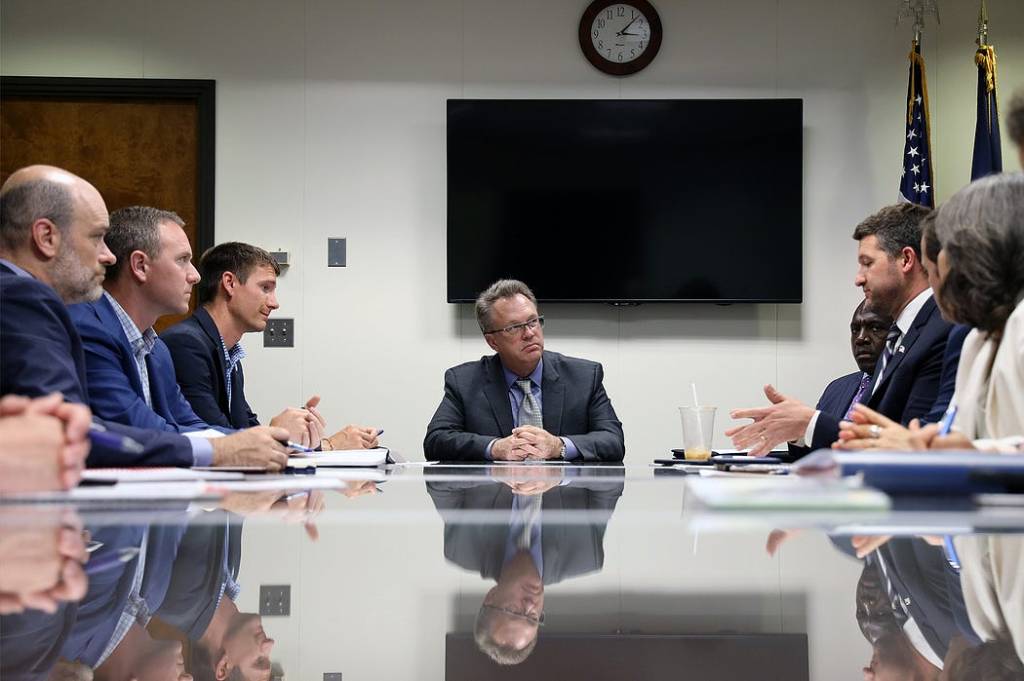
In Yonkers, Greyston Bakery implemented an “open hiring” model to create employment opportunities for people who may not otherwise have them due to a lack of education or work history, a criminal record, or problems with substance abuse. This unconventional model shifts resources from screening out potential workers to hiring for success regardless of any typical barriers to employment. A sign-up list for job seekers is available in Greyston’s reception office, and the bakery offers employment to each person on the list in order as a job becomes available. The bakery has been practicing open hiring since 1987, and now produces seven million pounds of brownies annually, including for Ben and Jerry’s Ice Cream.
In addition to on-the-job training, Greyston provides “wrap-around” services to its employees through a foundation that offers housing counseling, workshops, training, and connection to other services and resources. The company also sponsors the Center for Open Hiring, which provides education and resources for those who might consider implementing a similar employment model. “Through our Open Hiring model and PathMaking Programs, we are impacting the lives of our employees and community members here in Southwest Yonkers by providing job opportunities, along with supportive services,” said Joseph D. Kenner, vice president of programs and partnerships at Greyston. “Now with The Center for Open Hiring at Greyston, we want to share what we’ve learned with other companies in order to expand the model.”
During a roundtable discussion with advanced manufacturers in Poughkeepsie, business leaders discussed the challenge of finding workers with technical skills or the ability to learn through on-the-job training. Advanced manufacturing now involves many automated processes, but firms still need skilled workers to operate and maintain machinery. One challenge in this area is an aging workforce. Employers are offering incentives to keep older workers from retiring, and many also highlighted their willingness to train younger workers for periods ranging from six months to four years.
Industry partnerships with nonprofits also play a critical role in increasing the pipeline of skilled workers in advanced manufacturing trades. The Council of Industry, a regional trade group, organizes apprenticeship, recruiting, and training programs to support manufacturers in the Hudson Valley. Through its apprenticeship program, 65 employees have registered to receive free training online and at local community colleges. Companies are eligible for grants and tax credits to support and offset the costs of the program.
Advanced manufacturers also explained that they are utilizing federal work visa programs to hire workers with the needed skills from local training and college programs, and they expressed a desire to raise awareness about careers in the industry among younger generations of students.
Research and Technology Cluster in the Capital Region
Meanwhile, a growing technology and research ecosystem in the capital region is drawing highly skilled workers. In Albany, we got a first-hand look at the nanoscale technology and biotech research that is driving economic growth in the region. Regeneron Pharmaceuticals and SUNY Polytechnic Institute (SUNY Poly) are two key institutions in these areas, and public investment by New York State helped to catalyze growth for both.
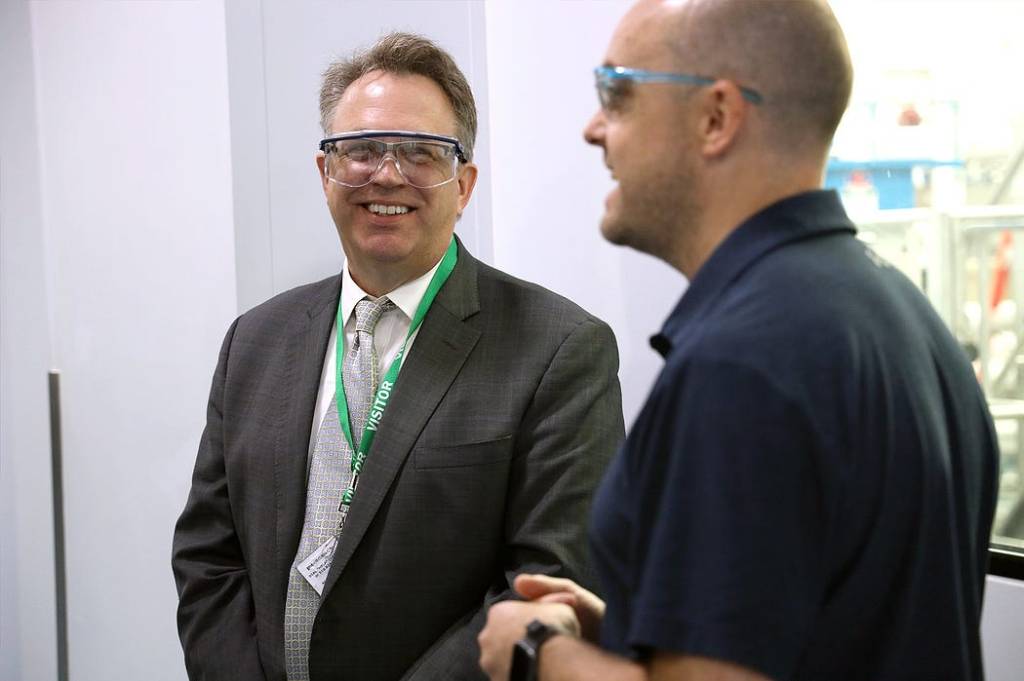
Regeneron is moving forward with an expansion of its Rensselaer County campus, investing nearly $800 million and adding 1,500 new jobs. New York State offered $140 million in performance-based incentives in support of the expansion.
SUNY Poly is working closely with private sector partners to advance the development of nanotechnology and allow local firms to compete at a global level. Its incubator provides an opportunity for startups and small businesses to conduct research using advanced facilities. In addition, SUNY Poly’s campus includes Tech Valley High School, a public consortium school designed to expose students to nanoscale research and facilities with the goal of expanding the pipeline of students into the field.
The final regional visit of the year will be to New Jersey on November 1. For more information on the New York Fed’s regional visits and what we learned this year, see our posts on visits to Puerto Rico and the U.S. Virgin Islands and Manhattan.
This article was originally published by the New York Fed on Medium.
The views expressed in this article are those of the contributing authors and do not necessarily reflect the position of the New York Fed or the Federal Reserve System.










